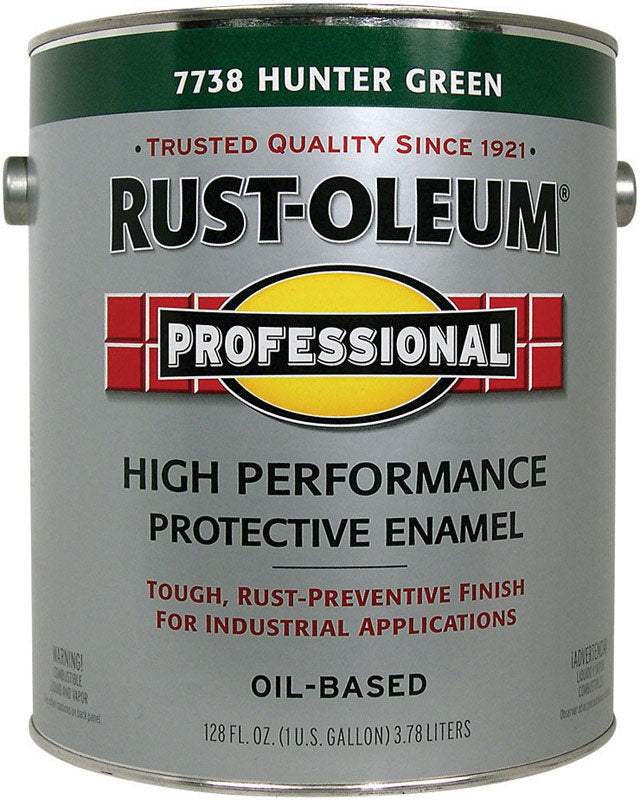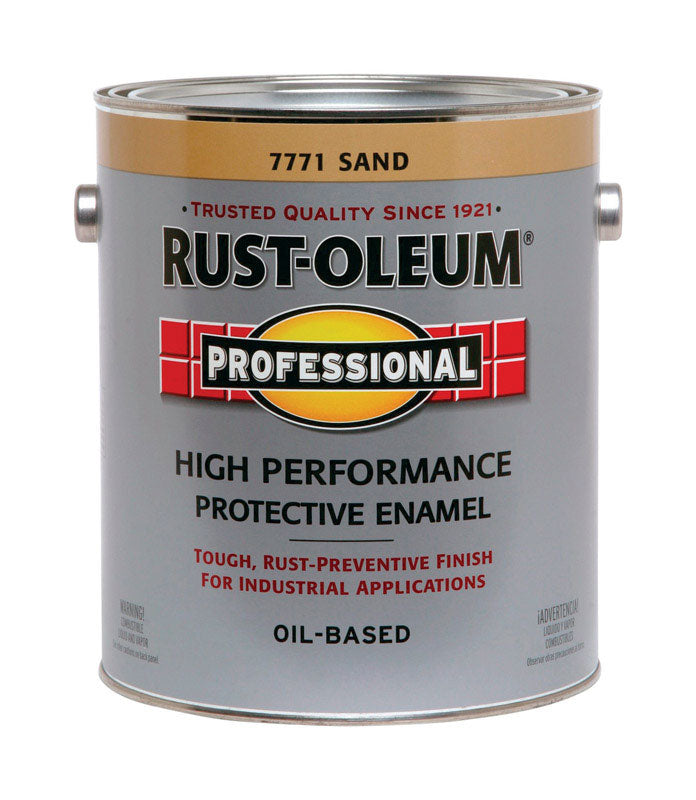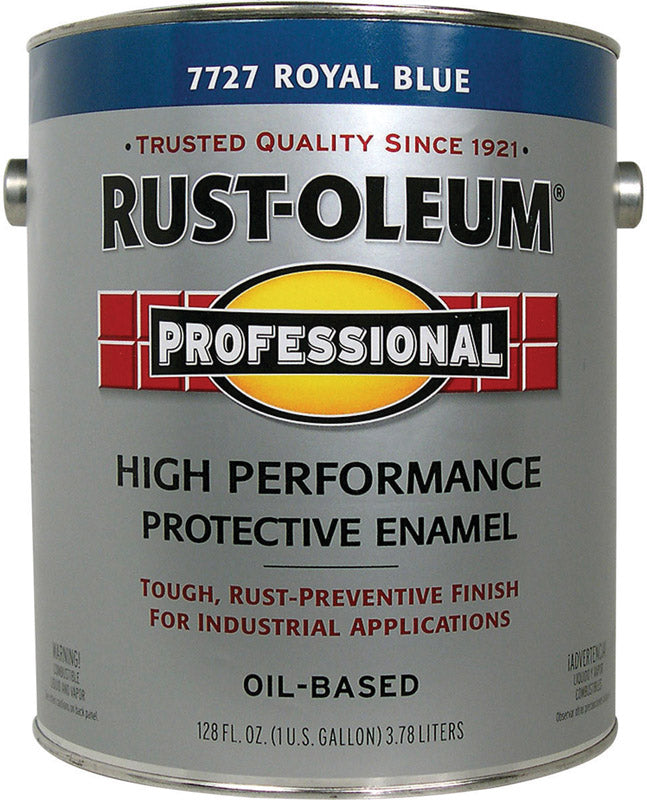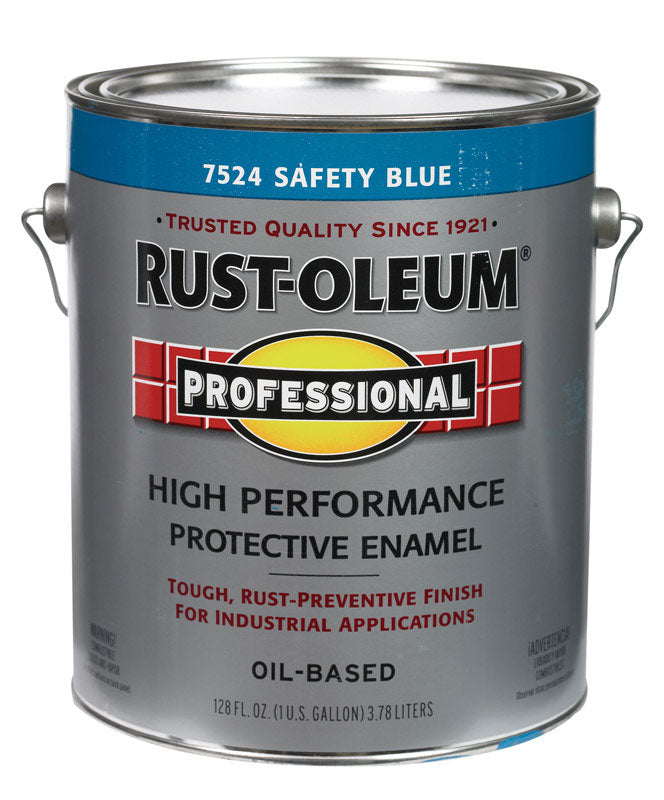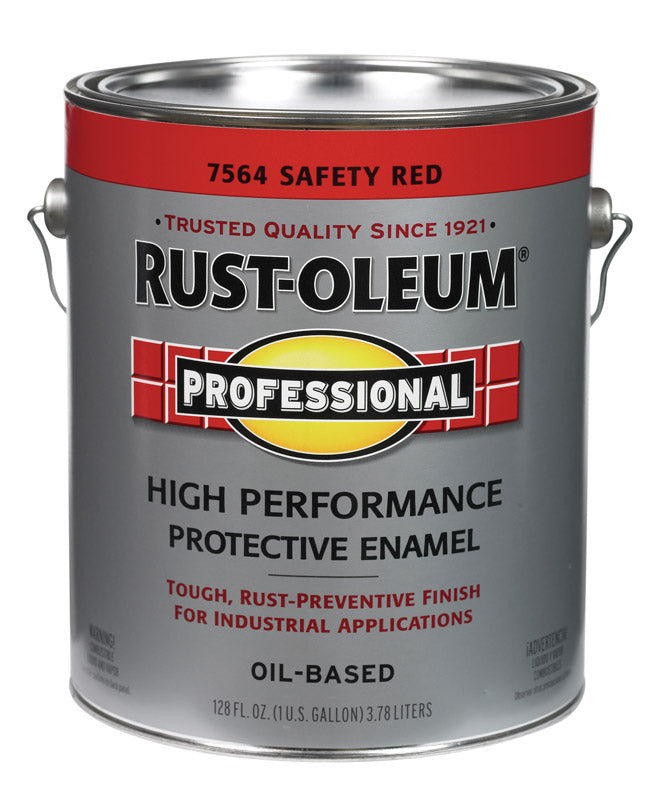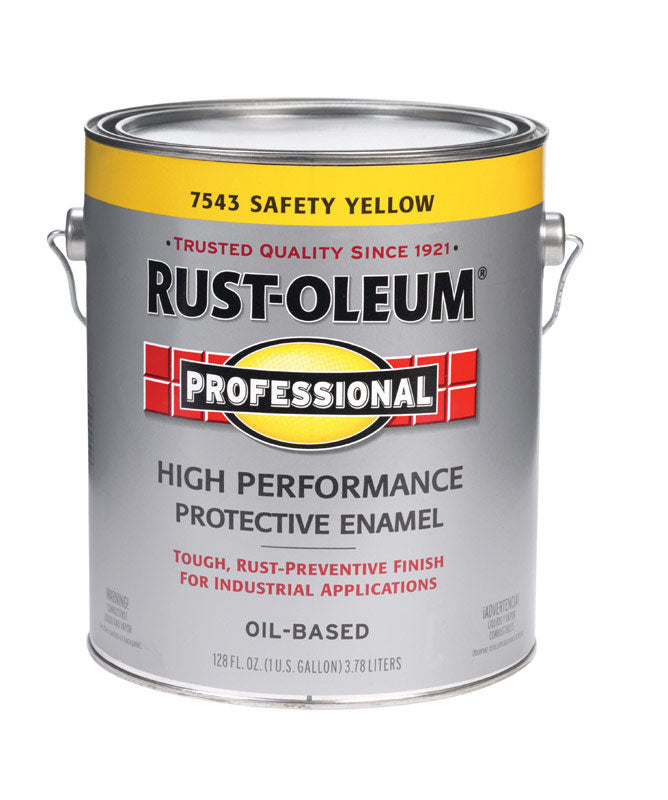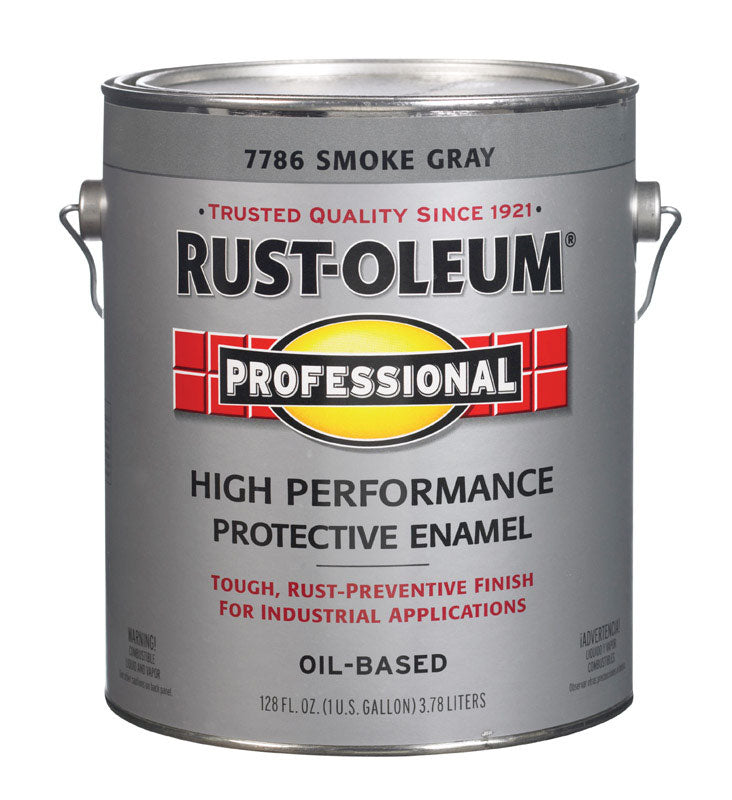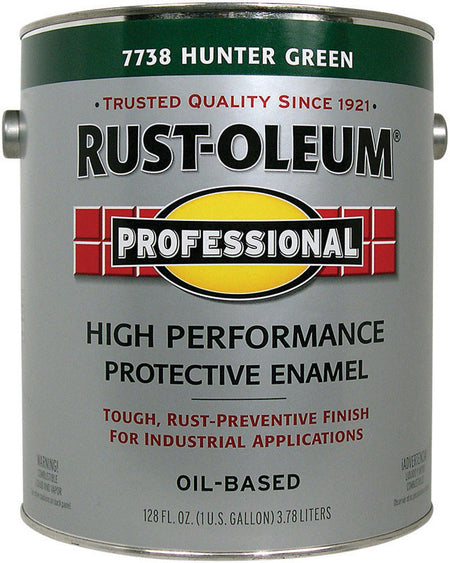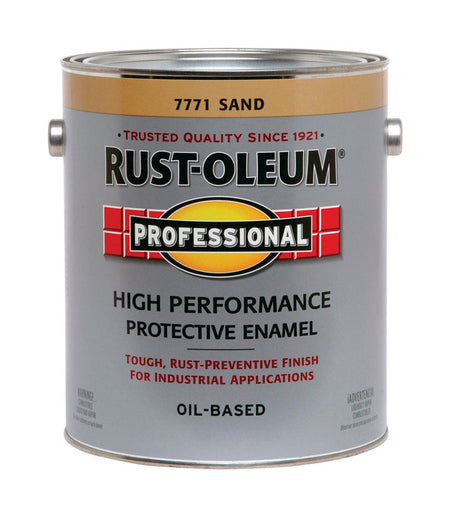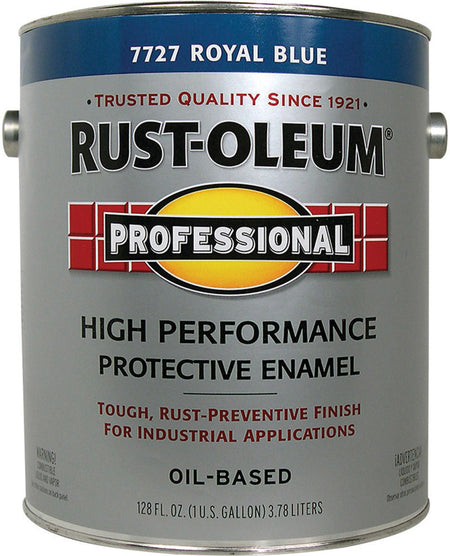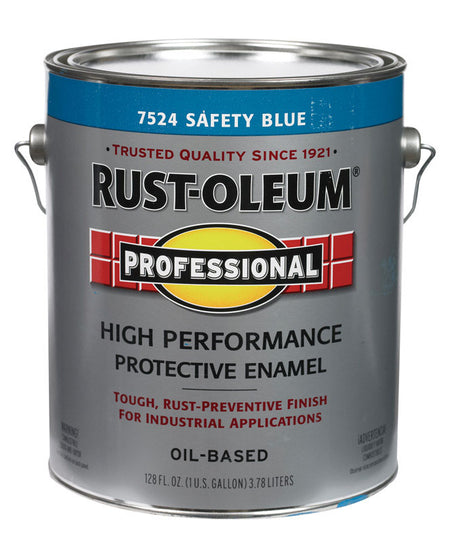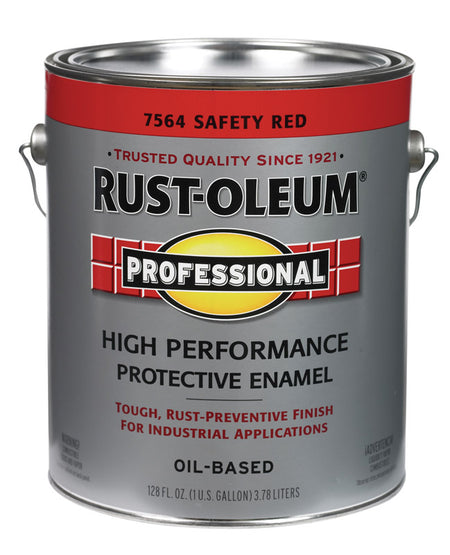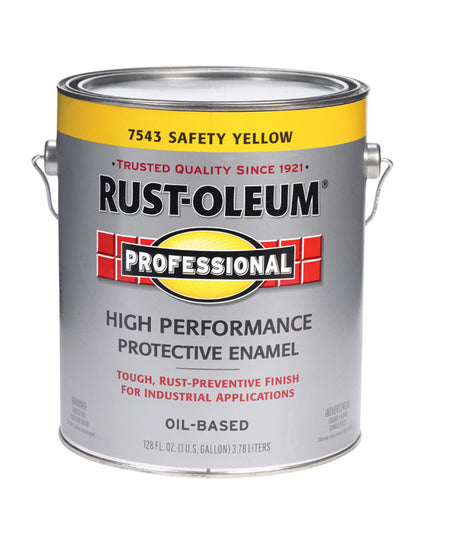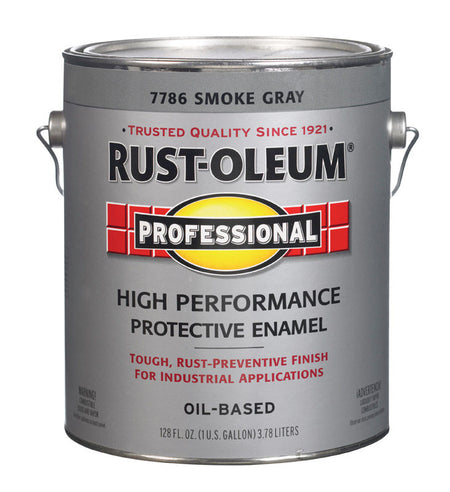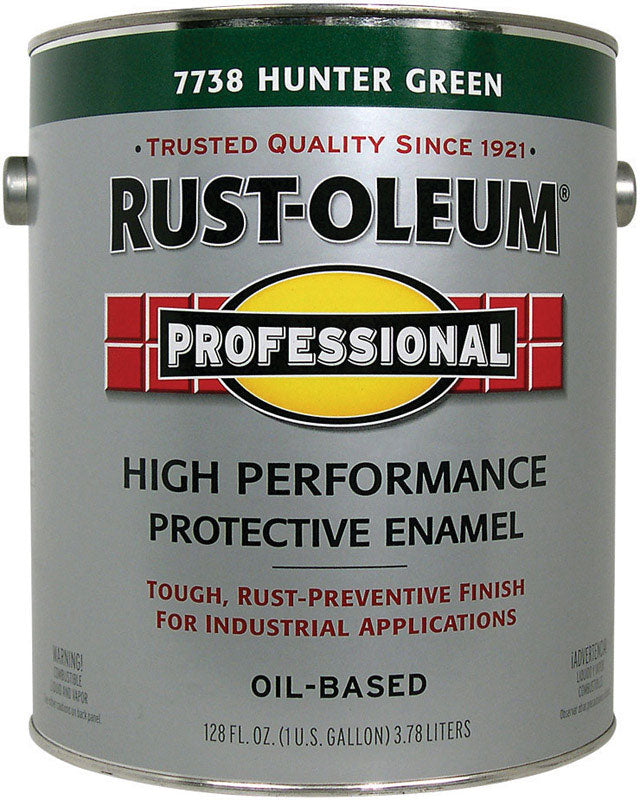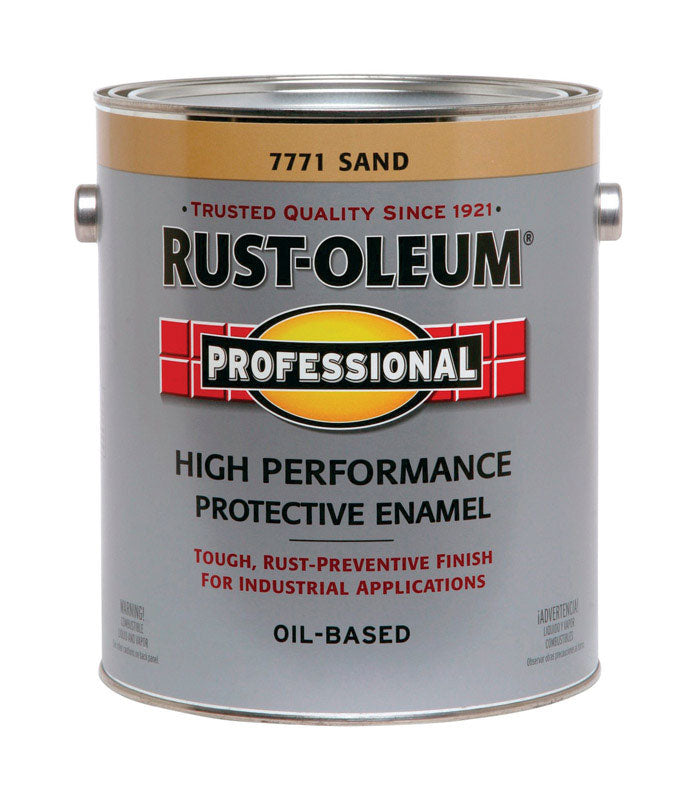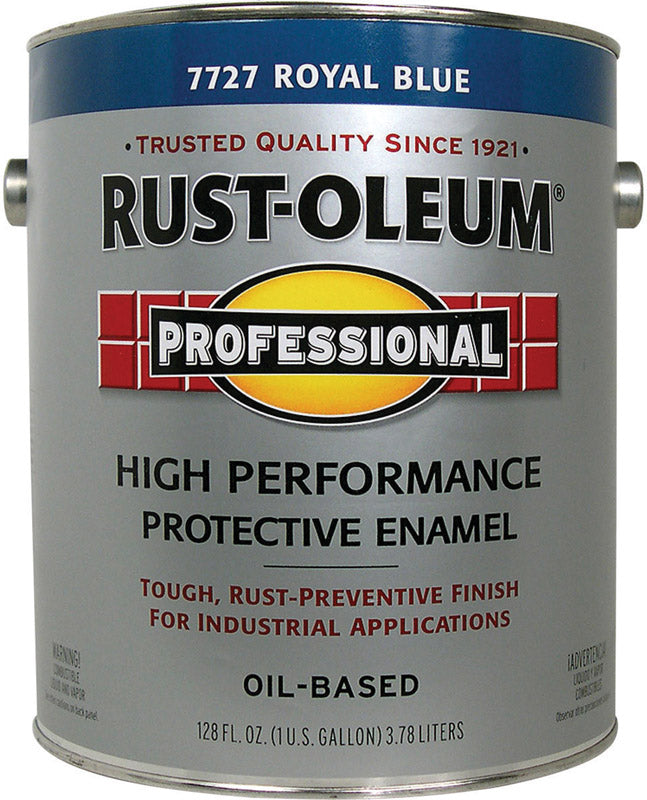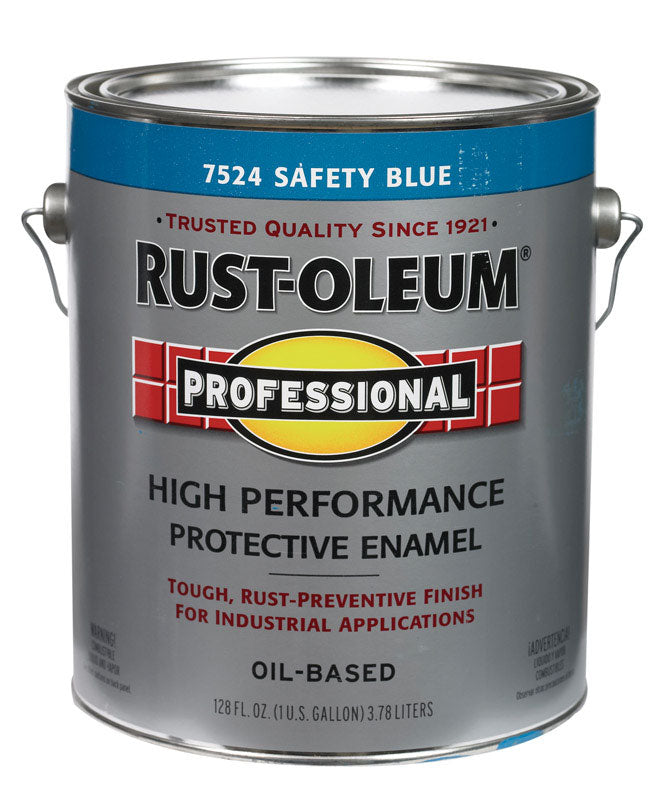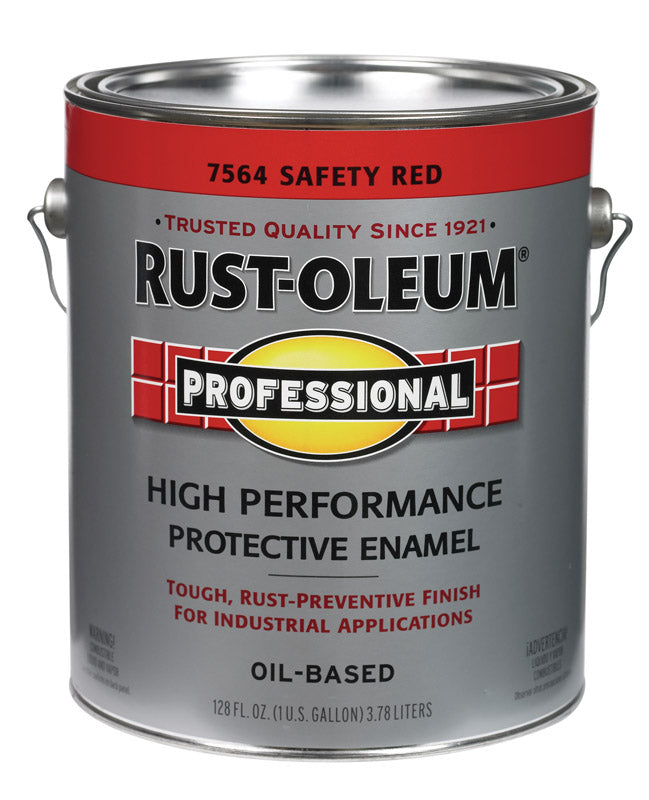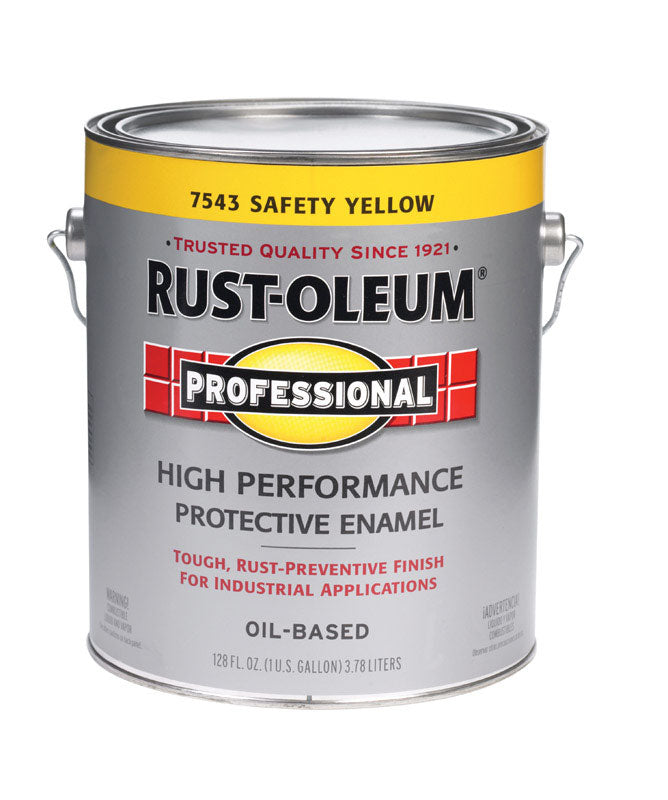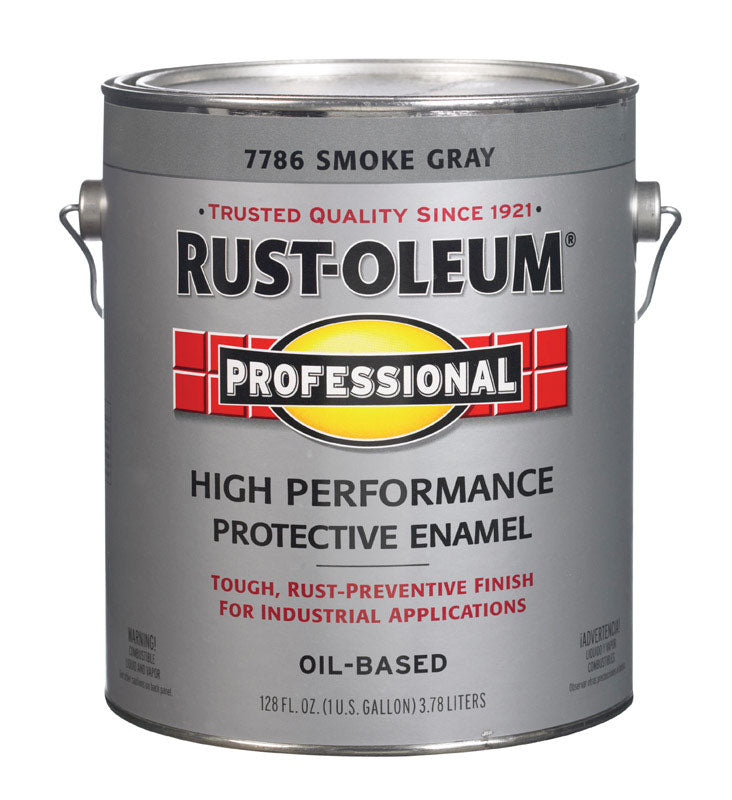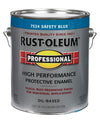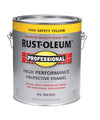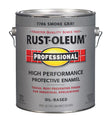PAINTING CONDITIONS
Apply only whenair and surface temperatures are
between 32-90ºF (0-38ºC) and humidity is below 85% to
ensure proper drying. Do not apply to surfaces that, when
heated, exceed 200ºF (93ºC) or galvanized metal. Can be
used over most latex or oil paints. Professional DTM
Alkyd Enamels and Primers are not recommended for water
immersion.
PREPARATION
Clean surface with soap and water, rinse and let dry.
Remove loose paint and rust with a wire brush or
sandpaper. Lightly sand glossy surfaces.
WARNING!
If you scrape, sand, or remove old paint, you may release
lead dust. LEAD IS TOXIC. EXPOSURE TO LEAD DUST
CAN CAUSE SERIOUS ILLNESS SUCH AS BRAIN
DAMAGE, ESPECIALLY IN CHILDREN. PREGNANT
WOMEN SHOULD ALSO AVOID EXPOSURE. Wear a
NIOSH-approved respirator to control lead exposure.
Clean up carefully with a HEPA vacuum and a wet mop.
Before you start, find out how to protect yourself and your
family by contacting the National Lead Information Hotline
at 1-800-424-LEAD or log on to www.epa.gov/lead.
APPLICATION
Mix thoroughly to ensure any settled pigment is
re-dispersed before using.
Thin material, only if necessary,with acetone.
For brush or roller, thinning is not normally
required. For air spray, thin up to 1-1/2 to 2 pints per
gallon. Do not thin with gasoline, lacquer thinner,
turpentine, etc. For airless spray, thinning is not normally
required. Apply with a good quality brush, roller or spray
gun.
Brush:
Use light, even strokes Excessive brushing
reduces film thickness and protection.
Roller:
The rougher the surface, the longer the roller nap
should be. Cover approximately one square yard at a time.
Roll away from previously coated area and work back o it
for a uniform appearance. Use a brush on crevices and
sharp edges.
Spray Gun:
Follow spray gun directions carefully. Always
keep the gun ten to twelve inches from the surface and in
motion while spraying.
CLEAN-UP
Clean brush, roller and other tools with mineral spirits.







